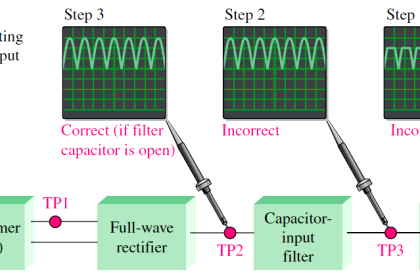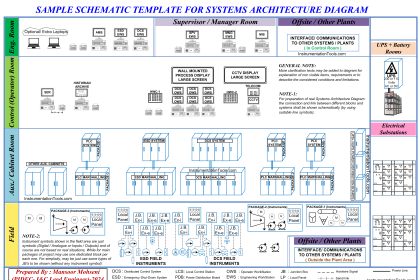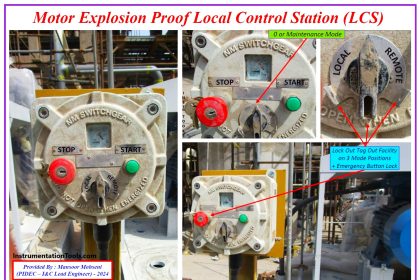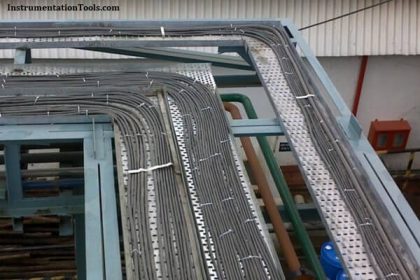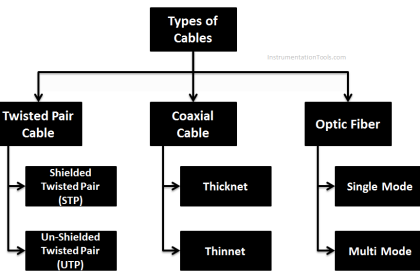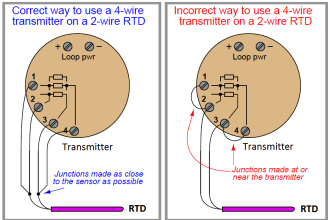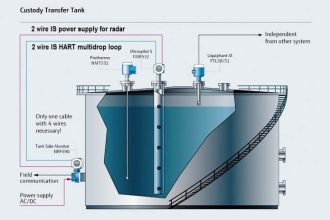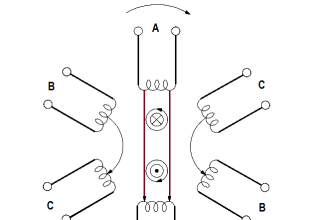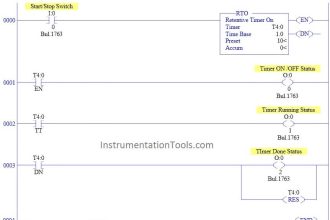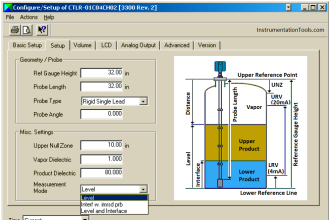Thermal effect on sensor/transmitter can be found mainly on Zero or Span effects.
What is the thermal effect on zero?
Thermal zero shift represents the change in null resulting from a change in temperature. Null shift is not a predictable error because it can move up and down from unit to unit.
Changes in temperature will cause the entire output curve to move up or down along the output axis.
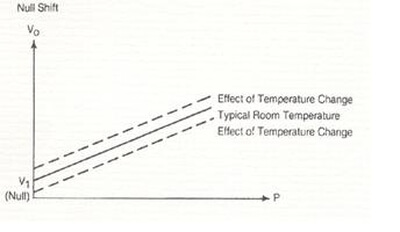
The zero shifts due to temperature could be caused by the difference in the thermal coefficient of expansion of the sensor parts.
To minimise the zero error with temperature, the differential expansion of the mechanical components must nearly balance out. And to achieve this the sensor must be temperature compensated over a stated range.
One of the methods used for temperature compensation involves the addition of a temperature-sensitive resistor on one arm of the bridge. The value of the resistor is determined from a temperature test run in which the change in zero reading for the given temperature is found.
Watch out
Different manufacturers specify thermal zero shift in different ways: as error per degree Celsius, such as ±0.01%FS/°C; as a total temperature effect, in the form of ±1% of FS; or as an error band, such as ±1% over a 50°C temperature range. There are many more; some with reference to full scale, others to reading. But in each case the specified error is only valid over the compensated temperature range.
Note that the temperature effect is only valid when the complete sensor housing is heated up. This is because some sensors have their temperature compensation at the rear of the housing.
A few manufacturers include both zero and span as a total value.
What is the thermal effect on span?
Span or sensitivity temperature shift represents the change in sensitivity due to changes in temperature. A change in temperature will cause a change in the slope of the sensor output curve.
The span shift due to temperature could typically be caused by the change in elasticity or spring constant of the gauges used in a sensor.
To minimize the span error with temperature, the most common used method for temperature compensation involves the addition of a temperature-sensitive resistor in series with the bridge work. The value of the resistor is determined from a temperature test run in which the change in span reading for the given temperature is found.
Normally the specified error is percentage of reading per degree Celsius including all error effects on linearity, hysteresis, repeatability and gradient sensitivity.
Watch out
Different manufacturers specify thermal effect on span in different ways: as error per degree Celsius, such as ±0.01%FS/°C; as a total temperature effect, in the form of ±1% of FS; or as an error band, such as ±1% over a 50°C temperature range. There are many more; some with reference to full scale, others that refer to reading. But in each case the specified error is only valid over the compensated temperature range.
Note that the temperature effect is only valid when the complete sensor housing is heated up. This is because some sensors have their temperature compensation at the rear of the housing.
A few manufacturers include both zero and span as a total value.
